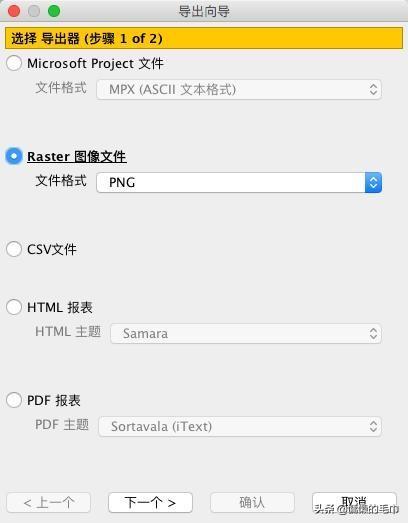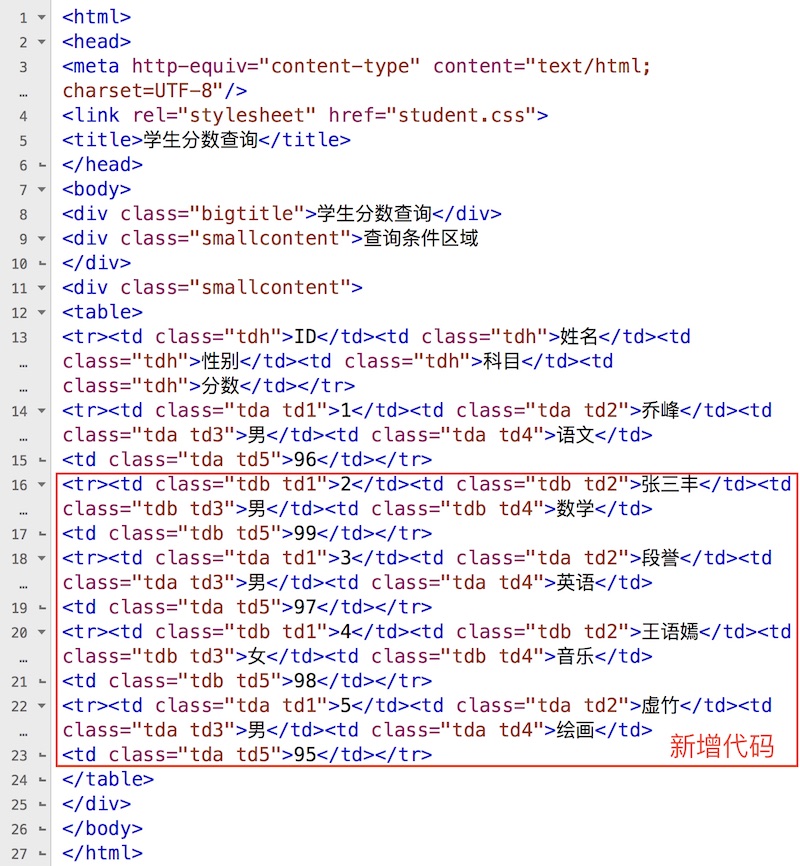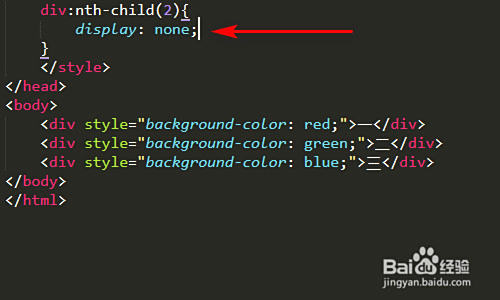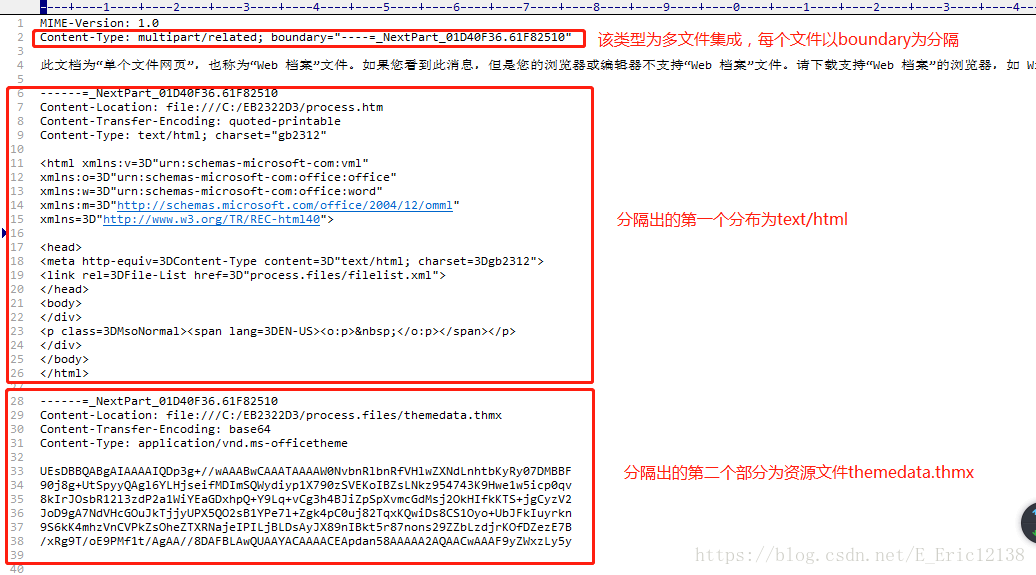java项目文件怎么保存路径设置
- 后端开发
- 2025-07-09
- 4952
config.properties)、环境变量或直接在代码中指定,使用
File类设置路径:`new File(“/path/to/directory
Java项目中,文件保存路径的设置是一个关键步骤,它直接影响到项目的结构、可维护性以及跨平台的兼容性,以下是几种常见的Java项目文件保存路径设置方法及其详细说明:
| 方法 | 描述 | 示例代码 | 优点 | 缺点 |
|---|---|---|---|---|
| 绝对路径 | 直接指定文件在文件系统中的完整路径 | String filePath = "C:/Users/username/Documents/example.txt"; File file = new File(filePath); |
明确性高,不受当前工作目录影响 | 平台依赖性强,不利于代码移植和可维护性 |
| 相对路径 | 相对于当前工作目录或项目根目录的路径 | String relativePath = "src/main/resources/example.txt"; File file = new File(relativePath); |
可移植性好,简洁易懂 | 依赖当前工作目录,调试时需确保目录正确 |
| 系统属性 | 利用Java系统属性动态构建路径 | String defaultPath = System.getProperty("user.home") + "/Documents/example.txt"; File file = new File(defaultPath); |
动态性强,跨平台性好 | 需要了解系统属性,可能增加代码复杂性 |
| 配置文件 | 将路径配置在外部文件中,提高灵活性 | (通常结合Properties类或类似机制) | 灵活性高,易于修改和管理 | 依赖外部配置文件,需确保文件存在且格式正确 |
| 环境变量 | 通过环境变量动态设置路径 | (通常结合System.getenv方法) | 动态配置,安全性好 | 依赖环境变量设置,需确保环境正确配置 |
详细解释与示例
绝对路径
绝对路径是指从文件系统的根目录开始的完整路径,在Windows系统中,绝对路径通常以盘符开始,如C:UsersusernameDocuments ame.txt;在Unix/Linux系统中,则通常以开始,如/home/username/Documents/name.txt,使用绝对路径可以确保文件被准确地保存到指定位置,但这种方式不利于代码的可移植性和可维护性,特别是在开发和生产环境不同的情况下。
示例代码:
String filePath = "C:/Users/username/Documents/example.txt";
File file = new File(filePath);
try {
if (file.createNewFile()) {
System.out.println("File created: " + file.getName());
} else {
System.out.println("File already exists.");
}
FileWriter writer = new FileWriter(file);
writer.write("Hello, World!");
writer.close();
} catch (IOException e) {
System.out.println("An error occurred.");
e.printStackTrace();
}
相对路径
相对路径是相对于当前工作目录的路径,当前工作目录通常是程序启动时的目录,但也可以通过代码动态设置,使用相对路径可以提高代码的可移植性,因为不需要关心具体的文件系统结构,这种方式也依赖于当前工作目录的正确设置,否则可能会导致文件保存位置错误。

示例代码:
String relativePath = "src/main/resources/example.txt";
File file = new File(relativePath);
try {
if (file.createNewFile()) {
System.out.println("File created: " + file.getName());
} else {
System.out.println("File already exists.");
}
FileWriter writer = new FileWriter(file);
writer.write("Hello, World!");
writer.close();
} catch (IOException e) {
System.out.println("An error occurred.");
e.printStackTrace();
}
系统属性
Java提供了一些系统属性,如user.home表示用户的主目录,file.separator表示文件路径分隔符,利用这些系统属性可以动态构建路径,适应不同用户环境,同时增强代码的跨平台兼容性。
示例代码:
String defaultPath = System.getProperty("user.home") + "/Documents/example.txt";
File file = new File(defaultPath);
try {
if (file.createNewFile()) {
System.out.println("File created: " + file.getName());
} else {
System.out.println("File already exists.");
}
FileWriter writer = new FileWriter(file);
writer.write("Hello, World!");
writer.close();
} catch (IOException e) {
System.out.println("An error occurred.");
e.printStackTrace();
}
配置文件
将文件保存路径配置在外部文件中,如config.properties,可以提高代码的灵活性和可维护性,在需要修改路径时,只需修改配置文件,而无需更改代码,这种方式特别适合需要经常修改路径的应用场景。
示例代码(读取配置文件):
Properties prop = new Properties();
InputStream input = null;
try {
input = new FileInputStream("config.properties");
prop.load(input);
String filePath = prop.getProperty("file.path");
File file = new File(filePath);
// 后续操作同上...
} catch (IOException ex) {
ex.printStackTrace();
} finally {
if (input != null) {
try {
input.close();
} catch (IOException e) {
e.printStackTrace();
}
}
}
环境变量
通过环境变量动态设置文件保存路径是一种灵活且安全的方式,敏感路径信息可以通过环境变量管理,避免硬编码在代码中,这种方式也依赖于操作系统和运行环境的正确配置。
示例代码:
String filePath = System.getenv("FILE_SAVE_PATH");
if (filePath == null) {
filePath = "default/path/example.txt"; // 默认路径
}
File file = new File(filePath);
// 后续操作同上...
FAQs
Q1: 如何在Java中动态获取并设置文件保存路径?
A1: 你可以使用Scanner类从控制台获取用户输入的路径,或者使用System.getProperty方法获取系统属性来动态构建路径,使用Scanner类可以这样实现:
Scanner scanner = new Scanner(System.in);
System.out.print("Enter the file path: ");
String filePath = scanner.nextLine();
File file = new File(filePath);
// 后续操作...
Q2: 为什么推荐使用相对路径而不是绝对路径?
A2: 相对路径不依赖于文件系统的具体结构,更易于在不同环境中运行和移植,而绝对路径虽然明确且可靠,但平台依赖性强,不利于代码的可维护性和可移植性,特别是在开发和生产环境不同的情况下,硬编码的绝对路径可能导致









